With some places in the United States seeing around 125 inches of snow per year, it’s important to be prepared for snowy driving conditions during the winter months. In mountainous or extremely snowy areas, utilizing snow chains is sometimes the only way to keep your car moving.
While winter tires can provide you with traction, they often don’t give you enough to help you in deep snow or slippery situations.
If you’ve never used snow chains before, you might be wondering, “how do snow chains work?” Advanced preparation, practice, and the right equipment will increase your comfort and safety when driving in blizzard weather.
This guide will discuss the basics of tire chains and how you can install them.
Tire chains are a chain system that’s designed to cover the wheel set-up or tire on your vehicle. When installed correctly, they provide you with better vehicle traction in the snow. Snow chains can also give you added traction when driving on frozen surfaces or ice.
There are several different designs of snow chains. One design wraps around the tire and is held together by tensioners. Another design covers the tire’s tread pattern and is mounted to the wheel.
Snow chains can effectively dig into snow and frozen surfaces. The chains can grip the road and allow your wheels to rotate freely. Snow chains also help prevent your vehicle from skidding.
Keep in mind that when you have snow chains installed on your vehicle, you can’t drive at a high speed. Another thing to keep in mind is that you should always put them on your vehicle before you think they’re needed. When the roads start to get covered with snow, it’s always good practice to pull over and put on your chains.
Snow chains aren’t dangerous to put on. The thing you need to be mindful of is the other drivers and road conditions at the time.
After you put the snow chains on, test them before you head back out on the road. You want to ensure that there are no dangling or loose parts. This can result in the snow chains flying off and causing damage.
The ideal place to install snow chains is in a quiet parking lot, but that isn’t always the case. If you need to install them on the side of the road, pull over as far as you can. Put on your hazard lights so other drivers can see you, especially during a dangerous snowstorm.
Before you exit your vehicle, ensure that your parking brake is engaged. You want to prevent any dangerous movement or the car from rolling away.
All you need to install snow chains are the chains themselves. You can also keep a roadside safety kit nearby with emergency reflectors for your protection. One thing you’ll need to check before you install the snow chains is which of your wheels are the driven wheels.
If your car is a front-wheel drive, the chains will go on the front wheels. Install rear-wheel-drive chains on the rear wheels of the vehicle. Four and all-wheel drive cars can utilize four snow chains.
Install rear-wheel-drive chains on the rear wheels of the vehicle. Four and all-wheel drive cars can utilize four snow chains.
Follow the below steps when installing snow chains on your vehicle:
Before you start driving again, ensure that your chains are installed evenly. They should run straight around the tire sides. If they’re misaligned or loose, fix the issue before you start driving.
Next, drive about 100 feet. Check your snow chains again. If everything looks good, you’re ready to head back out onto the road.
If everything looks good, you’re ready to head back out onto the road.
You should purchase snow chains before you head out on a snowy mountain road. There aren’t many places that sell snow chains or carry a full selection. You also can’t purchase snow chains where there is a chain checkpoint.
Most gas stations, big box stores, and tire shops sell snow chains. Look up your tire size in your vehicle’s manual so you get the right size.
As we mentioned before, you’ll only need two snow chains for your vehicle. The only exception is if you have an all- or four-wheel drive car.
Snow tires are designed for better performance and traction on snow and ice. In many scenarios, snow tires are all you need for driving on snowy roads. You often don’t need another traction device, like cables or chains.
Cables wrap around your vehicle’s tires like chains. They help your car grip the road when it’s icy or snowy.
Cables are more lightweight than chains and can be easier to install. However, cables don’t last as long as snow chains. They’re a good option if you don’t require them very often.
The department of transportation where you’re driving will notify you when chains are required. You can check their website for road conditions before you start driving. There will also be a sign on the highway indicating that you need to put your chains on.
Snow chains can damage your tires if they’re not installed improperly. They can also cause some damage if they contact the road.
Make sure that your snow chains are installed correctly. Only use them on roads that have a layer of ice or snow. Once the road is clear, take off the chains.
Now that we’ve answered the question of, “how do snow chains work,” you’re ready to drive safely this winter. Driving with snow chains and moving slowly is key to remaining safe during inclement weather.
If your’e looking for a day to day winter driving solution to help improve your tire traction consider purchasing a set of a winter tires! Simply download the Treads App and we’ll send an installer to your home to swap on your winter tires for you!
Even on well plowed roads, winter driving is a prepare your car for winter business. If your vehicle is only equipped with all-season tires and you’re braving deep snow or smooth ice, it’s fairly likely you’ll get stuck or slide off the road.
Even snow tires, although definitely better than all-season ones at dealing with wintry roads, won’t help you much once the snow becomes more than a couple inches deep. That’s where snow chains come in.
Invented by New Yorker Harry Weed in 1904 to improve vehicle traction in snow and mud, there’s a reason his invention is still on the market.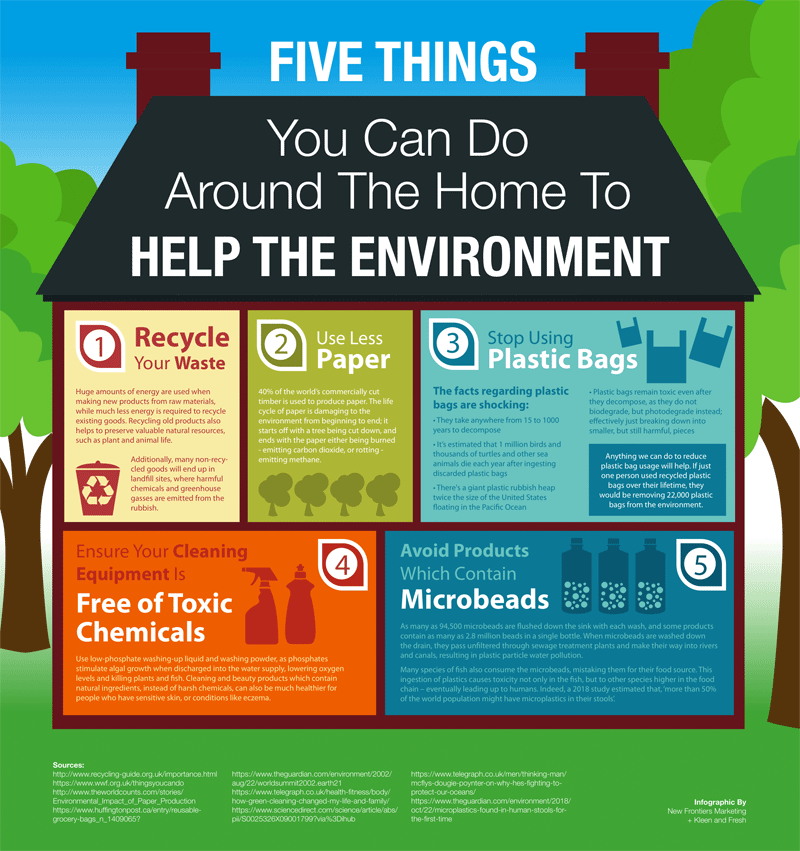 They help you prepare your car for winter.
They help you prepare your car for winter.
On This Page
Snow chains, also called tire chains, are webs of metal or plastic designed to fit over tires to improve traction in slippery driving conditions. Sold in pairs, snow chains come in two main styles: link and cable. Both are available in a variety of sizes to match tire sizes according to tread width and tire diameter.
Snow chains can be installed by carefully pulling them all the way around the bottom of the tires, and then pulling them up and around the wheel. Then, you pull out the slack and hook the ends together.
For front-wheel drive vehicles, chains should go on the front, only. Rear-wheel drive means chains go on the back. If your vehicle is four-wheel drive, you’ll get best results buying and installing chains on all four tires.
Once the chains are installed, slowly drive forward a few feet to let the chains settle, then park and pull out any more slack that’s appeared in the chains. If your chains are the right size, they should fit snugly over your tires without much slack.
If your chains are the right size, they should fit snugly over your tires without much slack.
A set of properly installed snow chains allow your tires to bite into deep snow or ice much more aggressively than rubber alone. The smoothness and relative flatness of rubber tires means they often end up spinning uselessly on snow- and ice-covered roads. Snow chains, on the other hand, act like bumpy extensions of the tire, increasing traction in the same way a soccer player’s cleats allow them to move over the field with less chance of wiping out.
Choosing the right snow chains for your vehicle comes down to three things: size, performance and ease of installation. Start by finding the size of your tires to determine what chain size you need. Tire size includes diameter and tread width, and both are vital when choosing a set of chains. Most snow chain manufacturers offer their products in a wide variety of sizes to suit the most common tires on the road.
Once you know what size you need, it’s time to consider performance. Chain designs vary by material, weight and pattern.
Link-style chains are the most heavy-duty, and because of their thickness and texture, usually provide the best traction boost. That said, they’re considerably heavier than most cable chains, making them harder to install and remove, especially if you’re doing the work alone.
Plastic chains are lighter and easier to install, although they’re much less robust than their metal counterparts and probably won’t give you as much traction improvement. Beyond that, read customer reviews and ask people in your area who have snow chain experience.
Installed correctly, show chains will massively improve your vehicle’s ability to move steadily through or across snow and ice. Once your chains are on, it’s important to not drive faster than 30 mph or so to avoid chain damage.
It’s also important to only install chains when you need them.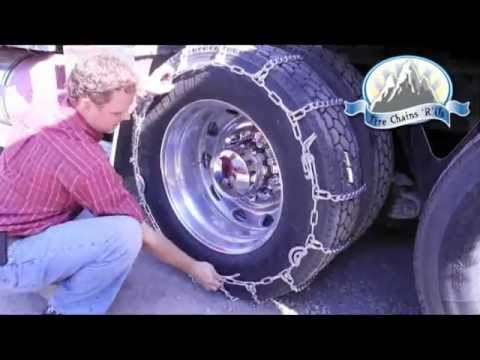 They shouldn’t be used on dry pavement, because they’ll damage the road. For best results in snowy conditions, purchase two pairs of chains, and install both when the weather demands it. In extra-thick snow drifts, keep your speed slow and steady, using 4-wheel drive if you have it.
They shouldn’t be used on dry pavement, because they’ll damage the road. For best results in snowy conditions, purchase two pairs of chains, and install both when the weather demands it. In extra-thick snow drifts, keep your speed slow and steady, using 4-wheel drive if you have it.
Unhook your chains when you’re ready to remove them, carefully pulling them down and out from under your tires.
Many chains come with storage bags, but before putting them away, it’s a good idea to lay your chains out flat in a garage and let them dry. This will prevent rusting and allow road debris to run off, minimizing the chances of dirt in your vehicle.
With the chains dry, fold them neatly from one end, making sure not to tangle them, until they’re compact enough to fit in their storage bags. Put the bagged chains in your trunk, ready for their next use.
In view of the fact that winter or even studded tires are almost universally used in Russia in winter, snow chains are not widely used. Except, maybe, areas of complete impassability.
Except, maybe, areas of complete impassability.
Contents
Whereas in Europe, on the contrary, few people use studded tires. And when traveling to ski resorts, on some roads you may encounter a mandatory requirement to use snow chains. nine0005
You will be informed about this by the relevant road sign. And the fact that you can have winter tires installed will not matter. So for peace of mind, it's better to have chains in the trunk.
New vehicles are often offered with different wheel/tyre sizes. Some of them may not be suitable for fitting snow chains.
The problem is that installing chains adds a few centimeters to the width and diameter of the tires. This means that with some wheel/tire combinations, the snow chains will hit the body, suspension or parts of the braking system, which can lead to serious consequences. nine0005
Circuits can also interfere with the correct operation of the electronic sensors mounted on the steering wheel.
The vehicle manual must clearly state which wheel size the manufacturer allows snow chains to be used with.
If the chains cannot be used with the wheels installed on your machine, then your only option is to buy a second set of wheels/tyres.
You should only use snow chains where the road surface is completely covered by compacted snow or ice. nine0005
If signs require the use of snow chains, they must be fitted to all vehicles. Including those equipped with both winter and studded tires.
If you attempt to use the chains on a road that has been cleared of snow, you risk damaging the road surface and the vehicle. If you damage the road surface, you may face a large fine.
Therefore, as soon as you reach a section of the road free of snow or ice, you must select a level place and remove the chains. nine0005
It can be quite inconvenient to install or remove chains, for example when the wheel arches are filled with snow and your gloved hands are wet and cold.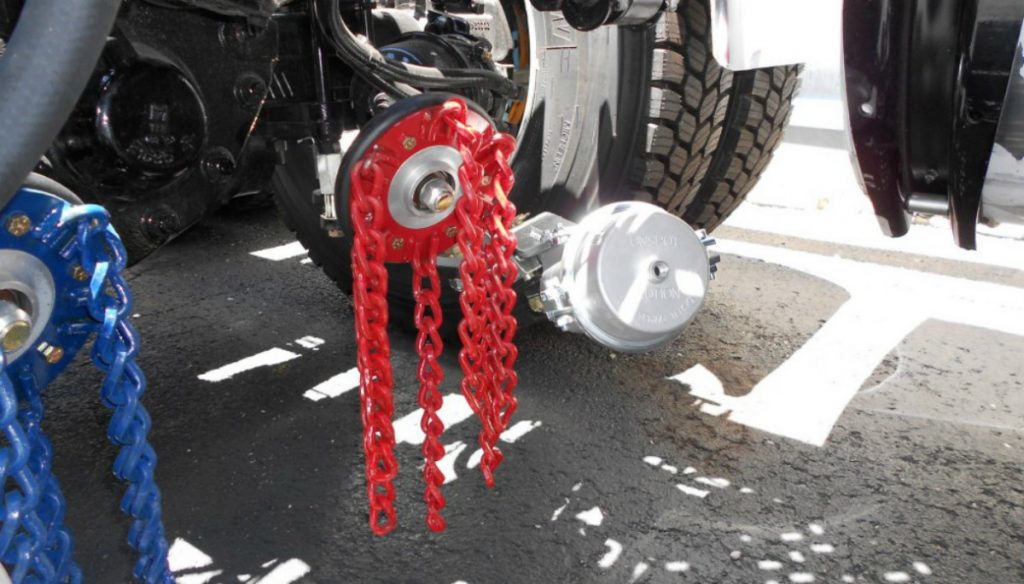
So when you buy chains, don't just throw them in the trunk and forget about them. The practice of installing them at home when the weather is warm and dry, and you feel much more confident when you have all the necessary tools at hand, will help to cope with them in more difficult weather conditions. nine0005
At least one pair must be used on the drive wheels. But two pairs are better, especially if you spend a lot of time in conditions where snow chains are a must.
As a general guide:
As a general rule, traction control (a system that controls the amount of slip on the vehicle's drive wheels to prevent them from spinning during acceleration) should be disabled when snow chains are used.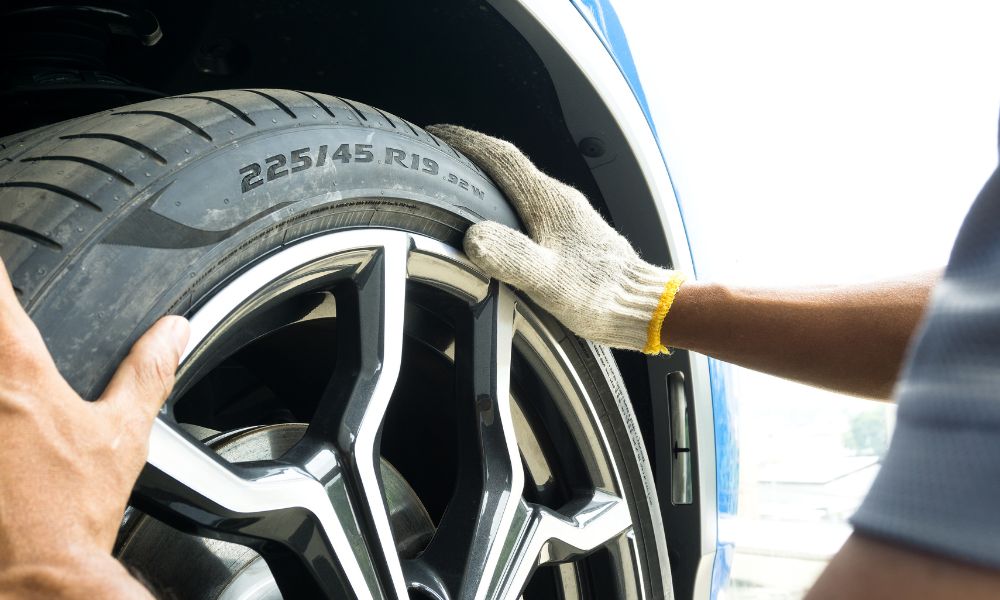
It is important to drive carefully with snow chains fitted. For cars with chains, different countries have their own speed limits. Reduce speed when cornering and avoid sudden acceleration and braking. nine0005
A few tips for using chains:
The video below shows how to install snow chains on the wheels (you can watch other videos on our YouTube channel).
Other articles in this section :
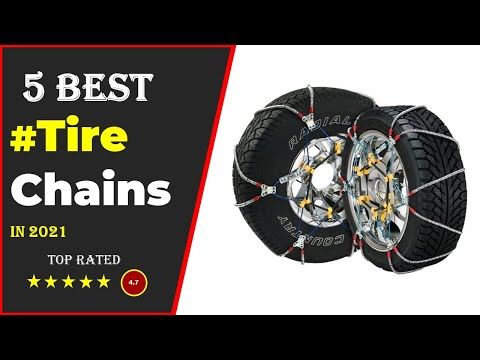 RU
RU Our roads often leave much to be desired, both in terms of the quality of the surface (off-road and mud), and in terms of their maintenance in winter (ice, snow, lack or poor maintenance of road clearing). Not only drivers of passenger cars suffer from this, but even drivers of trucks and special equipment. Judging by the state of the economy in Russia, the situation with the roads will not change for the better soon, so drivers of vehicles on such roads have to rely only on themselves. nine0005
How can you increase the car's cross-country ability and driving safety, avoid getting stuck in mud and skidding, avoid car skidding on ice or on freshly fallen snow cover, drive without getting stuck on loose snow on snowy roads. In solving all these problems, motorists will be helped by SNOW CHAINS , which do not require special physical strength or special knowledge to install on wheels. With minimal experience and skill, installing snow chains on wheels takes no more than 10 minutes. Snow chains on wheels can turn any car into an SUV, and a truck into an all-terrain vehicle. There will be no more insurmountable obstacles for your car in the form of snowdrifts, washed-out dirt roads and icy slopes. After all, the chains are designed to solve the main task - to significantly increase the grip of the wheels with the road surface. nine0005
Snow chains on wheels can turn any car into an SUV, and a truck into an all-terrain vehicle. There will be no more insurmountable obstacles for your car in the form of snowdrifts, washed-out dirt roads and icy slopes. After all, the chains are designed to solve the main task - to significantly increase the grip of the wheels with the road surface. nine0005
Depending on the season, road conditions, car brand and your tasks, the types and practical application of snow chains differ. For today, are issued;
- rubber chains (plastic nets)
- metal chains of various weaving ("Honeycomb" or "Rhombus", "Diagonal", "Ladder")
- economical short-term chains ("Sector" or "Segment"), which are worn on already stuck or slipping truck wheels.
RUBBER CHAINS , also called mesh for wheels, are made of a synthetic material similar to rubber or nylon. The main advantage of rubber chains over metal chains is that they allow the vehicle to move at a higher speed and wear the tire tread less. In the operating instructions for rubber snow chains, the maximum recommended speed for a car with chains on is 60 km / h. Rubber chains have good grip on loose or packed snow, just like metal chains. However, on snowy off-road (high snow cover) and mud, they are significantly inferior to metal chains. Some models of rubber chains are equipped with spikes, which greatly helps the driver when driving on an icy road. nine0005
In the operating instructions for rubber snow chains, the maximum recommended speed for a car with chains on is 60 km / h. Rubber chains have good grip on loose or packed snow, just like metal chains. However, on snowy off-road (high snow cover) and mud, they are significantly inferior to metal chains. Some models of rubber chains are equipped with spikes, which greatly helps the driver when driving on an icy road. nine0005
When buying rubber snow chains, you should pay attention to the country of the chain manufacturer. The most popular, reliable and high-quality plastic chains of Spanish, Italian and Austrian production are considered. Wheel chains of Polish and Turkish production have insufficient strength, their service life sometimes has only a few uses. Chains are sold as a set - 2 chains per car. During the operation of rubber chains, the following disadvantages are revealed:
- when driving on ice and dense snow, the coating of the chains wears out;
- the elasticity of the rubber locks of the hooks is lost in the cold, so some sets of rubber snow chains are equipped with hooks with coil springs.
- the most significant disadvantage is their high cost.
Remember! Rubber or steel snow chains in winter, ensure safety on icy and snowy roads.
Chains are indispensable when driving on icy steep slopes that are difficult to overcome even for off-road vehicles shod with the most expensive studded tires. They will also be needed by any motorist who, after asphalt roads, is forced to drive a considerable distance along country roads, which are impassable in places due to impassability. nine0005
METAL SNOW CHAINS Honeycomb, Rhombus and Ladder designs, so-called "hard" chains, are best used when driving off-road. The "off-road" properties of chains on wheels depend on the size of the link - the larger it is, the greater the cross-country ability. The maximum speed of the machine on "hard" chains should not exceed 30-40 km / h recommended by the manufacturer. Exceeding the recommended speed, improper installation of chains on wheels, malfunction of chain locks, all these violations of the operation of chains can cause a breakdown of vehicles while driving. When the wheel rotates, under the action of centrifugal force, the chain loosely attached to the wheel moves away from the wheel and hits the wheel arch. Driving in excess of the recommended speed can lead to a breakage of the chain lock and then there is a high probability of the chain catching on the suspension parts, which can lead to an accident. The condition of the chain links (their integrity and how worn they are), as well as the serviceability of the fastening locks, must be checked before each installation of snow chains on wheels. nine0005
When the wheel rotates, under the action of centrifugal force, the chain loosely attached to the wheel moves away from the wheel and hits the wheel arch. Driving in excess of the recommended speed can lead to a breakage of the chain lock and then there is a high probability of the chain catching on the suspension parts, which can lead to an accident. The condition of the chain links (their integrity and how worn they are), as well as the serviceability of the fastening locks, must be checked before each installation of snow chains on wheels. nine0005
Thus, with an increase in the size of the link, the weight of metal chains increases, and hence tire wear when driving on a flat road, with sharp acceleration and braking. Wear of tires by chains depends on the frequency of their use. Wear also increases with a weak fit of anti-skid chains to the wheel. For driving on icy roads, imported snow chains can be equipped with additional spikes. Chains are not recommended for low profile wheels smaller than 50 inches. It is recommended to install chains on the wheels of the car only on the drive axle. This is necessary when driving on "moderate" off-road and when overcoming difficult sections of a country road. nine0005
It is recommended to install chains on the wheels of the car only on the drive axle. This is necessary when driving on "moderate" off-road and when overcoming difficult sections of a country road. nine0005
Metal anti-skid chains "Honeycomb" and "Rhombus", due to their design, provide uniform, without sharp jerks, the movement of the car, reduce the load on the transmission, which leads to a decrease in the likelihood of the car "burrowing" in liquid mud. The presence of side branches in the design of the "Honeycomb" and "Rhombus" chains allows the car to easily leave the track. The transverse and longitudinal branches of such snow chains do not twist and abrade the rubber less. Chains for wheels "Ladder" have a smaller mass and, accordingly, the price is lower than the chains of the "Honeycomb" design. nine0005
Feedback from car owners who use snow chains is only positive. With proper operation, even a small car can turn into a passable SUV, for a trip to the country house in winter or to a country picnic in summer. After all, snow chains turn the road tires of a small car into the off-road tires of a large jeep.
After all, snow chains turn the road tires of a small car into the off-road tires of a large jeep.
In much of Europe, snow chains are more widely used than studded wheels. Driving on bare asphalt is not allowed. In European countries, it is forbidden to enter tunnels and parking lots with chains on wheels. In Poland, in areas where ski resorts are located, it is allowed to use snow chains during heavy snowfalls. nine0005
On the Internet today, you can find a lot of conflicting information about snow chains. Therefore, for the correct choice of snow chains for specific brands and models of cars, depending on the types of wheels used on them (dimensions), car owners need to get advice from specialists involved in the sale of such chains.
Our company is always ready to advise you, help you choose the right chain design for your car and accept your order for snow chains. The articles posted on this site will also help you choose the right chain size for you. nine0005
If on the site, in the catalog of chains there is no required size, we will produce chains of the required size for you and arrange their delivery by transport companies and RZD mail and luggage cars to anywhere in Russia.